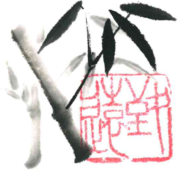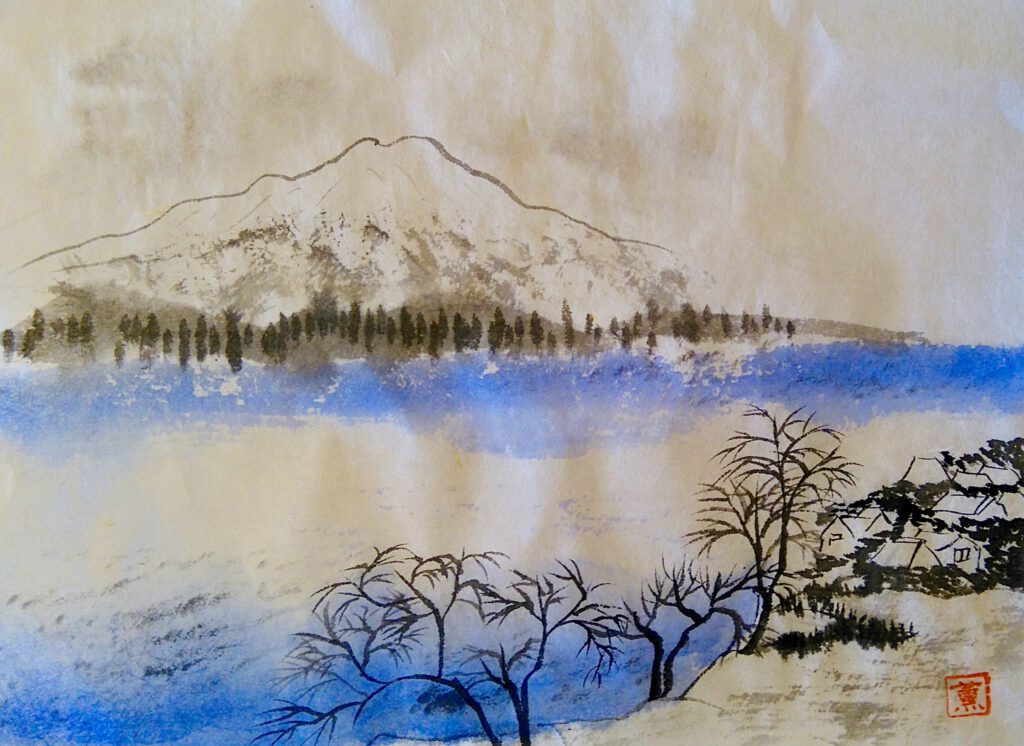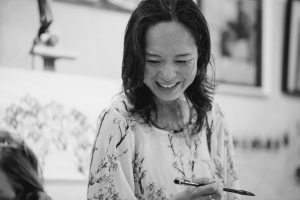Sumi-e is a Japanese painting technique that, beyond being a simple artistic style, represents a philosophy based on simplicity, harmony and the expression of the essence of nature. In this article, we will explore what sumi-e means, its history, techniques, essential materials and its impact on contemporary art and design.
What does Sumi-e mean? Definition and origin of the term
The term sumi-e (墨絵) comes from Japanese and is composed of two words:
- ‘Sumi’ (墨): means black ink.
- ‘E’ (絵): means painting or drawing.
Therefore, sumi-e literally translates as ‘ink painting’, but its meaning goes far beyond technique. It is an artistic expression influenced by Zen Buddhism, in which each stroke represents the connection between the artist and nature, without the need for unnecessary embellishment.
History of Sumi-e: Where does this Japanese art come from?
Although sumi-e is widely recognised as a Japanese technique, its origins go back to ancient China during the Tang Dynasty (618-907 AD). Buddhist monks introduced it to Japan in the 14th century, where it evolved into an artistic discipline influenced by calligraphy and Zen philosophy.
Evolution of Sumi-e in Japan
- 14th century: Arrives in Japan with Buddhist monks, who consider it a form of meditation.
- Muromachi period (1336-1573): Established as a refined art form linked to the samurai class.
- Edo Period (1603-1868): Becomes popular among artists and scholars, becoming part of Japanese culture.
- 20th and 21st century: Its influence spreads to graphic design, digital illustration and contemporary art.
Characteristics of Sumi-e: More than a painting technique
Sumi-e is a minimalist art, but with a great deal of symbolism and depth. Its main characteristics are:
✅ Exclusive use of black ink: Although there are variants with colours, traditional sumi-e uses only black ink in different shades.
✅ Expressive and fluid strokes: There is no correction or retouching; each stroke is definitive.
✅ The value of white space (Ma): What is not painted is as important as what is represented.
✅ Inspiration from nature: Bamboo, flowers, animals and landscapes are the most recurrent themes.
Zen philosophy in Sumi-e: A meditative art
Sumi-e is not only a painting technique, but also a path to meditation and concentration. Zen philosophy considers that each brushstroke should be executed with full awareness, without the possibility of correction.
Why is sumi-e related to meditation?
🧘 Full awareness: Each stroke reflects the state of mind of the artist.
🎨 Acceptance of error: There are no corrections, which teaches to accept imperfection.
🖌️ Fluidity and simplicity: The essence is prioritised over detail.
Essential materials to practice Sumi-e
To get started in sumi-e, you need some basic materials:
1️⃣ Sumi-e brushes (Fude): Fine-tipped and flexible for expressive strokes.
2️⃣ Chinese ink or ink stick (Sumi): To be diluted with water on the ink stone.
3️⃣ Ink stone (Suzuri): Surface on which the ink stick is rubbed with water.
4️⃣ Rice paper (Washi): Absorbent and light, ideal for capturing the fluidity of the ink.
We offer Sumi-e classes in Bilbao, Madrid, Barcelona and more cities
If you want to learn the traditional technique of sumi-e, we offer online classes in several cities in Spain:
🏯 Madrid – Intensive courses and personalised workshops.
🎨 Barcelona – Weekly classes for beginners and advanced students.
🖌️ Bilbao – Sumi-e sessions focused on meditation and mindfulness.
🌸 Valencia, Sevilla y other cities – Special courses and events.
Our classes are led by sumi-e experts, who will teach you from basic strokes to the creation of complete works.
How to learn Sumi-e: Basic steps for beginners
If you want to learn sumi-e, follow these steps:
1️⃣ Prepare the ink: Rub the ink stick on the stone with water until the desired texture is achieved.
2️⃣ Practice basic strokes: Learn to control the pressure of the brush.
3️⃣ Draw the ‘Noble Four’: Bamboo, orchid, plum and chrysanthemum, the first traditional motifs.
4️⃣ Relax and flow: Don’t strive for perfection, but for the natural expression of art.
The meaning of Sumi-e today
Sumi-e is much more than a Japanese painting technique; it is an artistic expression that unites tradition, meditation and creativity at its best. Its influence continues to grow, impacting everything from decoration to fashion and digital design.
Would you like to learn sumi-e? Write to us by WhatsApp or fill in our contact form for more information about our classes and workshops – we’d be happy to help! 🎨✨



